#deux-sèvres
Text

Rue de la Vaux-Saint-Jacques, Parthenay, Deux-Sèvres.
49 notes
·
View notes
Text

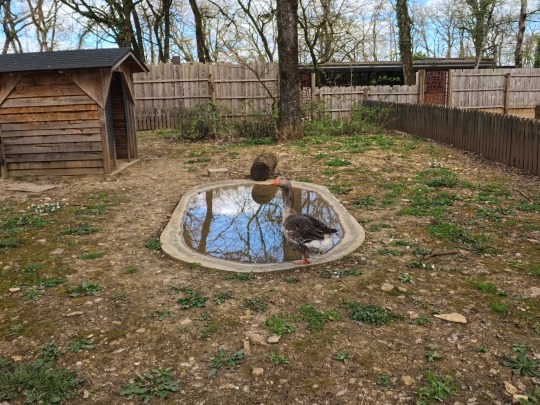
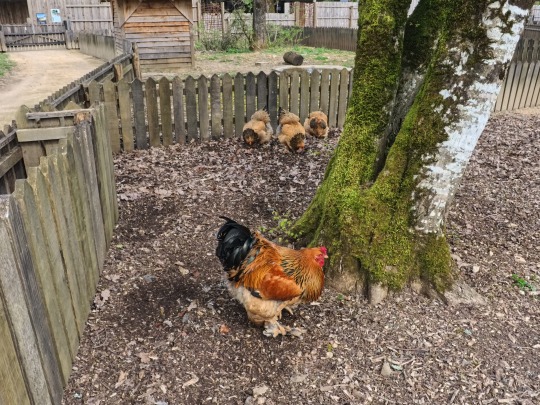

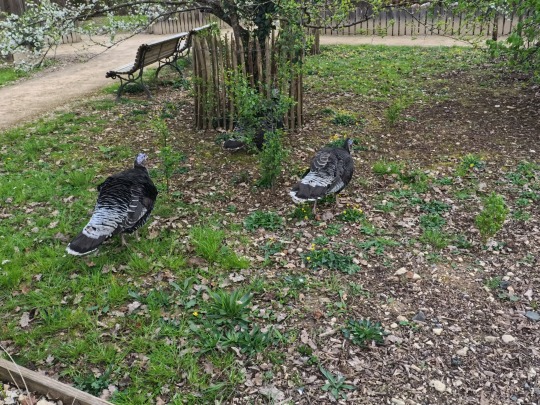















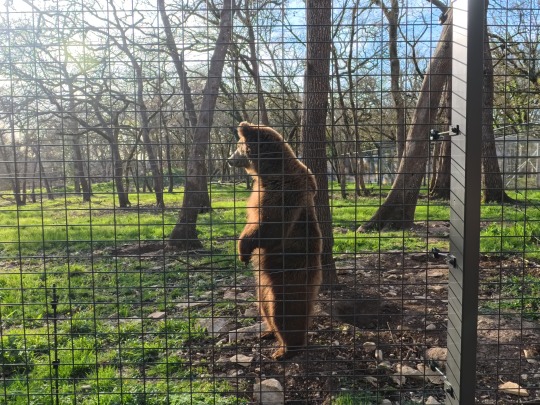
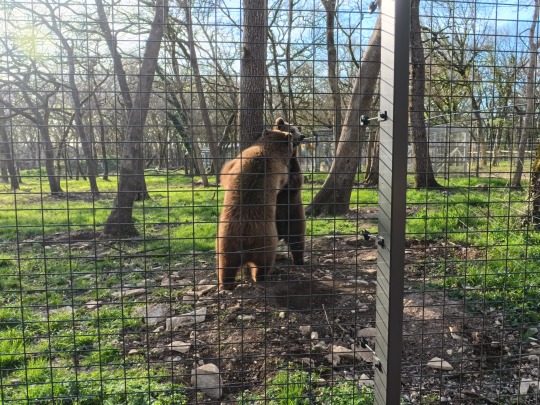
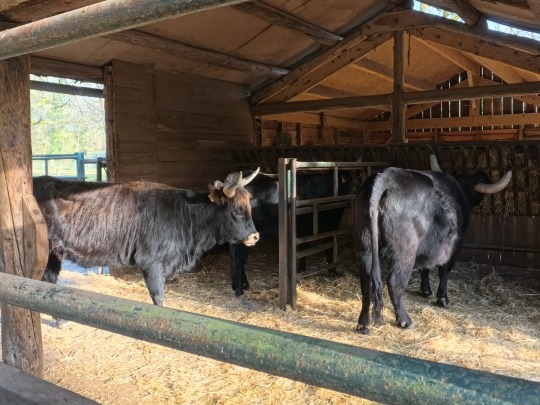





Explorez Zoodyssée, un Eden animalier en France
Visite de Zoodyssée, parc animalier de Chizé (Deux-Sèvres, France).
Vidéo: https://youtu.be/o1S-OKo7mkA
youtube
#Exploration#Zoo#Zoodyssée#ParcAnimalier#Visite#Chizé#Deux-Sèvres#France#naturelovers#Balade#Forêt#youtube#Youtube#animaux#animals#nature#nature lovers#forest#photography#my photos#french
15 notes
·
View notes
Text
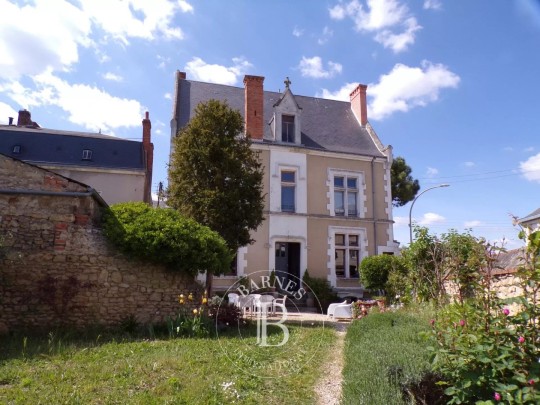


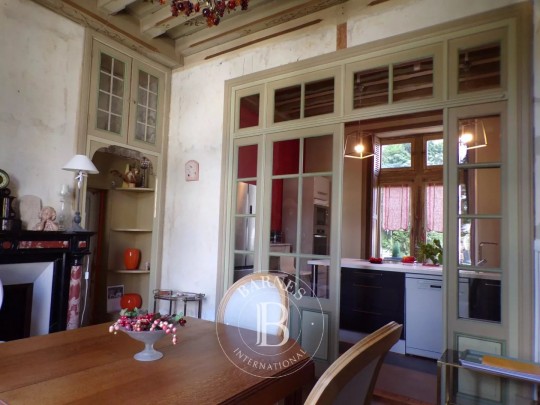



370,000 €
234 m² / 2519 ft²
Thouars, Deux-Sèvres, Nouvelle-Aquitaine, France.
#beautiful french house#beautiful house#courtyard#cement tiles#painted ceiling#beams#exposed beams#fireplace#mantelpiece#french#france#thouars#deux-sèvres#poitou-charentes#nouvelle aquitaine
0 notes
Text

Les Creux de maisons est un roman de l'écrivain français Ernest Pérochon.
0 notes
Photo

Halloween en macronie
#France#Dictature#Sainte-Soline#macronie#deux-sèvres#haloween#emmanuel macron#macron#benalla#La République en marche#larem#lrem#en marche#em#avanti#halloween
0 notes
Text

Terrasse.
0 notes
Text








Photodump of my (long) weekend in Vendée (and Deux-Sèvres for a bit too). Saw nice landscapes, cute animals (including a goat chilling on a trampoline), a random head of stone on the ground. Ate a lot too.
#les joies de faire le pont#vive la france#et vive la fonction publique#upthebaguette#vendée#deux sèvres#goat#donkeys#pictures#landscape#countryside#france#french#cottagecore#cottage aesthetic#french stuff
12 notes
·
View notes
Text
Salut je suis disponible pour des rencontres coquines intéressé contactez moi sur Snapchat: anna_bongeot écrire moi sur Snap anna_bongeot pour être satisfait de tes besoins,,🍆❤️❤️https://www.snapchat.com/add/anna_bongeot?share_id=OP8Ord-8Yjs&locale=fr-FR

#perpignan#toulouse#tours#nanterre#nantes (fra)#bordeaux#nouvelle aquitaine#parismaville#parisienne#caen#deux sèvres#cannes#strasbourg#maurice
3 notes
·
View notes
Photo




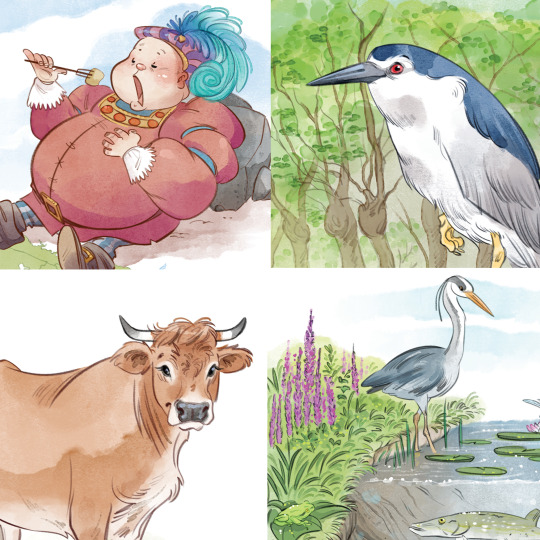

Some details from children books I illustrated ( by french publisher La Geste éditions ) ... They’re little books about different french regions ( l’Anjou, le littoral, les Deux-Sèvres, la Bretagne, le Marais Poitevin et le Berry :) )
234 notes
·
View notes
Text

La Mode illustrée, no. 28, 15 juillet 1883, Paris. Toilettes de Mme Coussinet, rue Richer, 43. Collection of the Rijksmuseum, Netherlands
Description de toilettes (Bibliothèque Forney):
Robe en surah bleu Sèvres. Le bord inférieur de la jupe est garni de deux rangées de coques en même étoffe, surmontées de trois volants de dentelle blanche. Sous le deuxième volant se trouvent deux draperies en même surah, qui garnissent les côtés et se rattachent à une large écharpe de même étoffe, terminée par un très grand nœud, qui soulève le volant de dentelle pour former un pouf. Corsage montant en même surah, froncé sur l'épaule, ouvert en cœur. Manches demi-longues faites en dentelle, retenues à la saignée par un ruban bleu noué ; le devant de la jupe est orné d'une guirlande de chrysanthèmes; demi-guirlande pareille sur l'épaule gauche.
Jupe ronde en soie crème, couverte de volants de dentelle crème. Redingote eu serge crème doublée de soie rubis. Le corsage est croisé avec revers de soie rubis. La redingote, drapée devant, retombe derrière en quatre gros plis-tuyaux. Col droit rubis. Petite pèlerine en dentelle crème. La redingote, fendue à droite, est retenue sur la hanche par une boucle d'argent ciselé.
—
Sèvres blue surah dress. The lower edge of the skirt is trimmed with two rows of shells in the same fabric, surmounted by three flounces of white lace. Under the second ruffle are two draperies of the same surah, which trim the sides and are attached to a wide sash of the same fabric, ending in a very large bow, which lifts the lace ruffle to form a pouf. Bodice rising in the same surah, gathered on the shoulder, open in heart. Half-long sleeves made of lace, held at the kerf by a tied blue ribbon; the front of the skirt is decorated with a garland of chrysanthemums; similar half-garland on the left shoulder.
Round skirt in cream silk, covered with flounces of cream lace. Frock coat in cream serge lined with ruby silk. The bodice is crossed with ruby silk lapels. The frock coat, draped in front, falls behind in four large pipe pleats. Ruby straight collar. Small pelerine in cream lace. The frock coat, split on the right, is held on the hip by an engraved silver buckle.
#La Mode illustrée#19th century#1880s#1883#on this day#July 15#periodical#fashion#fashion plate#color#description#rijksmuseum#Forney#dress#bustle#velvet#coat#Modèles de chez#Madame Coussinet
138 notes
·
View notes
Text

ASSAIS LES JUMEAUX - Deux Sèvres
Migration vers l'électrique ratée
22 notes
·
View notes
Text
Ok guys, things are going BAD AND WORST EVERYDAY
Yesterday, on Saturday 26 of March, 2023, what we can call a civil war happened in Sainte-Soline, Deux-Sèvres, France.
A freaking good exemple of "what is legal is not necessarily legit".
Here, from the French human right ligue :
"We noted several cases of obstruction by the forces of law and order to the intervention of the emergency services, both ambulance and fire brigade."

Green activist were having a congress about ecology and how to build a virtuous agricultural model that respects people and biodiversity.
The project :
https://bassinesnonmerci.fr/index.php/les-bassines-cest-quoi/
Build 16 mega-basin, the biggest one having a 720 billions litres capacity (720 000 000 l.) on 16 hectares of land, with 8 meters high embankment.
The water to fill those basins will be pomp in groundwaters(into the grounds or rivers),it will NOT be rainwater.
This water will be use to irrigate CORN, which don't naturally grow in this part of the world.
This corn will be grown to be exported, or make biogaz, but not to feed animals and humans.
Only 12 farms will benefit of it.
FRENCH PEOPLE are paying for it : since access to water is ALL PUBLIC SERVICE here, and the state is spending 60 billions euros for that, but is NOT the owner of the farms, the state will NEVER have its money back and the French people will never eat that corn.
ON TOP OF THAT most of the country is facing an historical WINTER DROUGHT.
So green activist, farmers and elected greens gathered on the site to protest, despite the prefecture's ban, because our planet cannot wait any longer and water should be a shared good and not for just some farmers. Anyway, our beloved (no) Minister of Home Affairs have been speaking of "how violent it will be" there, despite the ban, speaking of "1000 violents protestors awaited".
What happened :
The prefecture banned every gathering for the weekend, fearing violence as it happened in Notre-Dame-Des-Landes
People came anyway, because ecology is our best chance to survive, moreover after the last GIEC report
3000 policemen (civil) and gendarmes (military) have been sent to guard the construction site.
As you might have understood, things went bad, like REALLY bad.
4.000 grenades thrown by the state's force
3 gendarmes' véhicules burnt.
200 protestors hurt, 28 gendarmes, 5 persons in a life-threatening condition (2 protestors, 3 gendarmes)
Ambulances kept away from the field from the military, despite the injured people needing immediate medical attention.
👇This thread will show you what happened
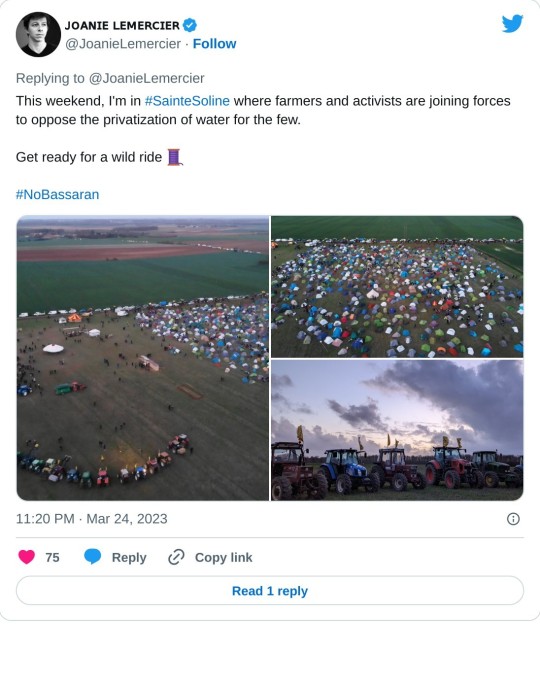
And now what ?
Well, protests happen EVERYDAY in France. Considering that :
how violent this protest have been,
how fast is our beloved (still no) Minister of Home Affairs to blame far-left and black blocks for every violence during protest
How he used tiredness to justify the violence of the police
How he considers undeclared protestation illegal WHICH IS ABSOLUTELY FALSE
Protests will take place all over the French territory next Tuesday
We already know that there wil be MORE policemen and gendarmes around the protests
Please PLEASE, fellow French protestors, TAKE CARE, even more if one of sainte-soline's protestor or gendarme dies by then.
#france#french protests#upthebaguette#sainte-soline#sainte soline#french police#human rights#civil war
40 notes
·
View notes
Text
As France grapples with soaring temperatures and ever more ruinous droughts, a full-blown water war is unfolding in the country, with heavy clashes, injuries, and arrests.
Tensions are running high over the use of giant artificial reservoirs for irrigation, which some farmers rely on to cope with water scarcity but which critics say are making the problem worse, accelerating the depletion of limited groundwater resources for the benefit of only a handful of big producers.
It’s one of many conflicts over water access breaking out with growing frequency all over the world, as climate change dries soils, increases temperatures and makes crops thirstier, and reduces the annual snowpacks that traditionally replenished freshwater flows. Water diversion in China is stoking regional ire. In Central Asia, access to scarce water resources is exacerbating cross-border tensions. Climate change and upstream dams, as well as poor water management, are drying out Iraq and Iran. Egypt and Ethiopia have been at odds for years over an upstream Nile River dam that threatens downstream countries. Western U.S. states are bickering over the dwindling resources of the once-mighty Colorado River, while in Germany and Chile, contentious access to water is fueling domestic strife.
“Water is a common good. No one can claim it as their own,” said Julien Le Guet, a spokesperson for Bassines Non Merci (Basins No Thanks), an activist group. This month, Le Guet and several other defendants went on trial over various unauthorized demonstrations against the construction of a new mega-reservoir in Sainte-Soline, in western France.
A rally held in March, in particular, turned into a violent confrontation with the police that left 47 officers and 200 demonstrators wounded. Some local farmers also denounced damage to their crops and the pipes linking their fields to the new basin. Fresh protests took place at another construction site nearby and in Paris over the last few weeks, with more actions planned in the near future.
Estimates vary between 100 and several hundred retention basins in France, giant plastic-lined craters spanning 20 acres on average that are filled by pumping groundwater in winter for use during the scalding summer months. And their number, whatever it is, is growing. The project in the Deux-Sèvres region (which includes Sainte-Soline), led by a private cooperative of local farmers, entails the construction of 16 new reservoirs that would store more than 6 million cubic meters of water—the equivalent of 1,600 Olympic swimming pools. Another 30 reservoirs are due to be built in the nearby Vienne region.
Supporters say that as the weather gets hotter and drier—2023 had the hottest summer on record globally—the basins are an indispensable life insurance for farmers and a way to reduce the pressure on water resources when they are at their lowest. France has recently been experiencing its worst droughts ever; in July, more than two-thirds of its natural groundwater reserves were below normal levels.
“Irrigating without basins means to continue pumping groundwater, even when there’s less of it,” said Laurent Devaux of Coordination Rurale, a farmers’ union.
The problem, critics say, is that the reservoirs are siphoning precious groundwater for the benefit of a small minority. Just 7 percent of French farmland is equipped with irrigation canals, and only some of the irrigated farms around the reservoirs are actually connected to them. The basin in Sainte-Soline will be directly linked to barely 12 farms out of a total of 185 in the area. According to Le Guet, of all the irrigated farms in the region concerned by the Deux-Sèvres project, the ones that will be connected to the new basins use twice as much water on average as the others.
“This is not just a conflict between certain farmers and environmentalist groups,” said Laurence Marandola, a spokesperson for the Confédération Paysanne farmers’ union, which opposes the basins. “All of us farmers need water,” she said.
And there is less and less of it. Due to the combined effects of global warming and over-pumping, Europe’s groundwater resources have been steadily declining in recent decades, with a yearly loss of some 84 gigatons of water (roughly the equivalent of Lake Ontario) since the turn of the century—just like what’s happening elsewhere in the world, from much of the U.S. to the Middle East.
Critics, including conservationists, small farmers, and scientists, slam the reservoirs as a particularly wasteful method of storing water. Keeping it out in the open, rather than underground, means that some of it evaporates and the remaining part heats up, filling with toxic bacteria, said Christian Amblard, an honorary research director at France’s National Center for Scientific Research. “You’ve got, at the same time, a loss of quantity and quality. It makes no sense,” he said.
Finally, these reservoirs are accused of perpetuating what critics call an unsustainable agricultural model that consumes too much water and accelerates global warming. More than 60 percent of Europe’s arable land is used to feed livestock—which, globally, is responsible for over 30 percent of the world’s emissions of methane—a powerful greenhouse gas. The crops that are grown for animal feed include corn, which occupies one-third of all irrigated land in France and demands lots of water in the summer—hence the need for solutions such as the reservoirs.
“The mega-basins are delaying a transition to a responsible, resilient, and water-efficient agriculture,” Amblard said.
That transition would entail, among other things, working to make soils more capable of retaining water and pivoting away from meat and dairy production, according to experts. With up to 15 billion euros in public aid doled out to the French agriculture sector every year, the necessary financial resources shouldn’t be hard to find, Amblard said. “The agricultural sector is one of the few where the ecological transition can be carried out without leaving anyone by the wayside,” he said.
So far, though, successive French governments have shown little appetite for that, handsomely subsidizing the reservoirs instead—which current French Agriculture Minister Marc Fesneau praised as “virtuous.” Taxpayers will foot 70 percent of the 76-million-euro bill for the ones planned in the Deux-Sèvres. If farmers have an outsized political and financial influence in the European Union as a whole, in France they are a political power unto themselves.
French authorities have also been cracking down hard on the anti-basins movement. Police have come under heavy criticism for their handling of the Sainte-Soline protest, with the Human Rights League, a French nongovernmental organization, denouncing the indiscriminate firing of rubber bullets and the hindering of first-aid workers by the security forces in a bid to “prevent access to the basin’s site, whatever the human cost.”
French Interior Minister Gérald Darmanin has described some of those taking part in the protests as “eco-terrorists” and has taken steps to dissolve Les Soulèvements de la Terre (Earth’s Uprisings), a vocal, and sometimes violent, environmental group.
“We are increasingly the target of legal actions, investigations, and surveillance,” Le Guet said. “Over the last year, court summons have been raining down,” he said, adding that the movement will continue to hamper new basin construction, nonetheless.
The debate looming in France is a familiar one from the American West to the headwaters of the Nile. The basins “are being politicized and isolated from their context, with the farmers who back them being unfairly designated as villains,” Devaux said.
But “there simply isn’t enough water in the underground reserves to carry on like this, extracting these amounts of water for agriculture,” Marandola said. “And what is done with the water that’s taken should be decided in a democratic way, for every single drop.”
11 notes
·
View notes
Text
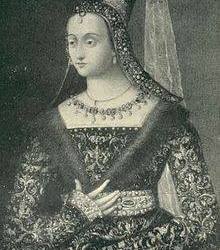
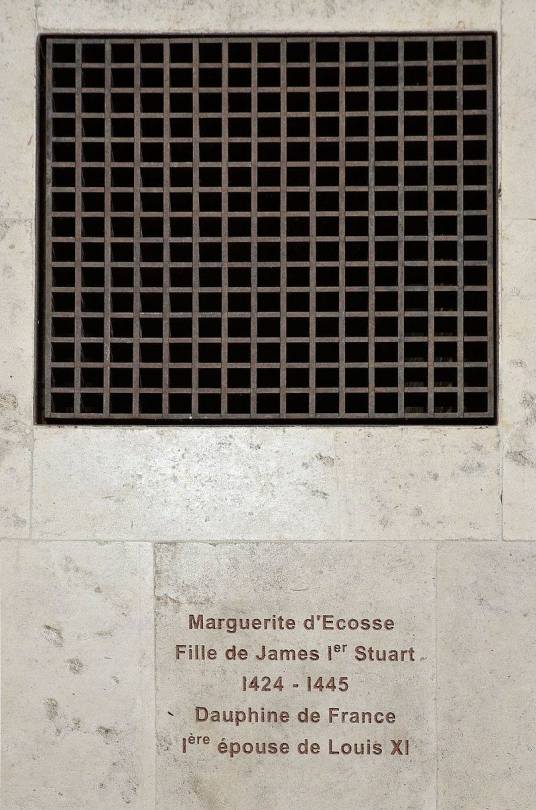

On 16th August 1445, Margaret Stewart, daughter of James I and Lady Joan Beaufort, died in Châlons.
Margaret had married Louis XI son of Charles VII and Maria d'Anjou on 24 June 1436 in Tours Cathedral. As you would expect this marriage had more the Auld Alliance than any love story,.
Margaret sailed for France in March 1436, and she was escorted by some of the greatest Scottish nobles. She entered Poitiers, where a child dressed as an angel crowned her with a wreath of flowers. She was just a child herself, aged only 11, he husband, Louis in Tours was 13, they wed on 25 June 1436 and she became the Dauphine of France. The marriage of course was not consummated right away and she was taken into the household of the French Queen, Marie of Anjou, where she reportedly saw very little of her husband, whose aversion of her was remarked upon by contemporaries.
She is said to have devoted much of her time to writing, and she was criticised by doctors for it, who claimed that her “poetic overwork” may have attributed to her death. Unfortunately, none of her works survive to this day. Reportedly, Louis ordered that all her papers be destroyed.
She was treated with kindness by King Charles VII and his wife, and when she died on 16 August 1445, there was a great outpouring of grief. Her two sisters, Eleanor and Joan, were on their way to France at the invitation of Marie of Anjou, but they arrived just a few days after Margaret’s death.
An unidentified Scot wrote of Margaret,
"Alas that I should have to write what I sadly relate about her death…I wrote write this saw her every day, for the space of nine years, alive and enjoying herself in the company of the King and Queen of France. But then…I saw her, within the space of eight days, first in good health and then dead and disembowelled and laid in a tomb at the corner of the high altar, in the cathedral church of Châlons."
She is buried in Saint-Laon church in the French department of Deux-Sèvres, a canopy over her tomb is all that remains after the destruction during the French Revolution, a modern floor plaque and grill have been added her coffin can be seen though the grill.
There is a lot more history to read about the marriage and her life here from the excellent Freelance History Writer https://thefreelancehistorywriter.com/.../margaret...
12 notes
·
View notes
Text
Danton gets called ugly by contemporaries compilation
The audacity on the brow, the laughter of debauchery on the lips, the ferocity of his face denounces that of his heart; he unnecessarily borrows from Bacchus an apparent bonhomie and jovial feasting; the passion of his speeches, the violence of his gestures, the bestiality of his oaths betray him.
Mémoires de Madame Roland (1793)
Danton, the only man I feared for liberty’s sake, whose robust form, colossal eloquence, hideous face, frightened the image of Liberty!
Vadier at the Convention, April 5 1794
Danton was horribly ugly, and had a sinister face, he was very strong, he said himself that he had athletic forms. His talents were mediocre, but he supplemented them by a great deal of impudence and effrontery; his voice shook the vaults of the hall, his elocution was vehement, and impressed the tribunes with gigantic images.
Histoire, caréctere de Maximilien Robespierre et anecdotes sur ses succeseurs (1794)
And this Danton, whom pleasure did not render human, which is the true mark of a ferocious character, what a stamp on his hideously crushed face! The eternal pallor of C…
Le Nouveau Paris (1797) by Louis-Sébastien Mercier, volume 6, page 12
Danton held the nature of athletic and colossal forms; a soul endowed with energy, an ardent imagination and a very strong voice, without being sonorous or flexible. But to these advantages was added a hideous face, which became even more repulsive when he tried to soften, by awkwardly polished manners, the harshness of his looks.
Histoire philosophique de la Révolution de France volume 5 by Antoine Fantin-Desodoards (1807) page 363
The only member of the government I saw, whose brutality revolted me, was Danton. There was something inexpressibly savage and ferocious in his looks, and in his stentorian voice. His coarse shaggy hair gave him the appearance of a wild beast. To add to the fierceness of his repulsive countenance, he was deeply marked with small-poxes, and his eyes were unusually small, and sparkling in surrounding darkness, like the fabulous carbuncle. David, who looked upon him as a demi-god, attemted several times to delineate this horrid countenance.
Recollections of Republican France 1791-1801 by J.G Millingen (1848) page 300
One day, among others, [madame Panis] took me to Sèvres, to a country house inhabited by Danton. I had never seen him; but great God! How ugly he was! […] He had the sort of repulsive features that frighten one […] I was very young; but his face scared me so much that I pleaded insistently with Mme Panis not to bring me back to that house […] The horrid mien of that man followed me everywhere.
Memoirs of Élisabeth Lebas
[Danton] did not at all conserve the dignity suited to the representative of a great people in his manners; his toilette was in disorder.
Mémoires de Charlotte Robespierre sur ses deux frères (1834) page 137
Danton, whose hideous face is traumatic for liberty. This violent hyperbole came from Saint-Just.
Souvernirs de la révolution et de l’empire (1850) by Charles Didier, volume 1, page 268
The scenes at the Cordeliers, which I witnessed three or four times, were dominated and presided over by Danton. A vandal in the size of Goth, snub-nosed, windy nostrils, seamed flats, the face of a gendarme mixed with that of a lustful and cruel prosecutor. […] Inferior, even in ugliness, to Mirabeau, whose money he had been, Danton was superior to Robespierre, without having, like him, given his name to his crimes.
Mémoires d’Outre-tombe (1860) by François-René vicomte de Chateaubriand volume 1, page 503 and 505
With Danton as with Mirabeau, speech was greatly aided by the gaze, the gesture and that energetic ugliness of the face, often superior, to produce certain effects, even beauty. A contemporary of this gigantic orator, Garat, said of him: “Danton never wrote and printed a speech.”
Mémoires de la Societé d’agriculture, commerce, sciences et arts du department de la Marse, Chalons-sur-Marne (1862) page 594
Look, all I’m saying is that if this portrait is a good ressemblance of Billaud-Varennes, I have no idea why it’s Danton that always gets singled out as the ugly one.

#elisabeth gets a pass here since she also says danton tried to molest her#the rest of you are just mean#danton#george danton#frev#elisabeth lebas#elisabeth duplay#madame roland#charlotte robespierre#billaud-varennes#frev compilation#if someone can figure out who this goth character was and his size#then maybe we can figure out how tall danton was too…
73 notes
·
View notes
